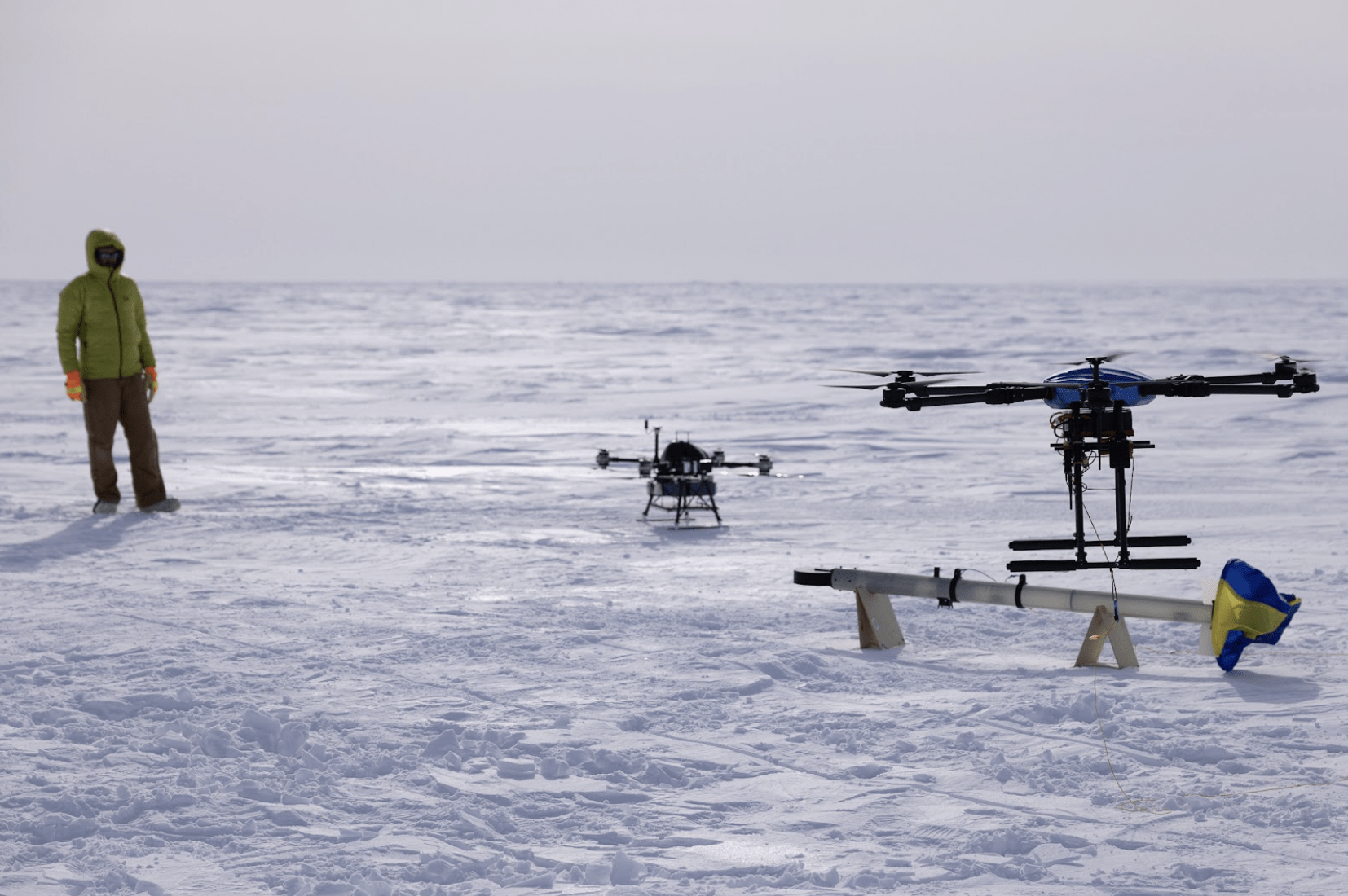Exploring Snow, Sea Ice, and Distant Training with UAV Know-how
Scientists from the College of Alaska Fairbanks (UAF) Geophysical Institute are leveraging drone expertise to push the boundaries of analysis in difficult environments. On the 2024 American Geophysical Union (AGU) Fall Assembly, UAF researchers will current revolutionary initiatives showcasing drones’ capabilities in measuring snow and sea ice, surveying the ocean flooring, and educating distant communities in Alaska.


Measuring Snow and Sea Ice Depth by UAV
The Lengthy-range Airborne Snow and Sea Ice Thickness Observing System (LASSITOS) is tackling the challenges of polar analysis. Led by postdoctoral fellow Achille Capelli, the venture goals to enhance measurements of snow cowl and sea ice thickness, essential for understanding polar adjustments and supporting actions like marine navigation and ice street transportation.
“Unmanned aerial automobiles can fly over ice inaccessible to floor journey, permit versatile deployment from land and marine platforms, and trigger much less disturbance than manned aircrafts,” Capelli explains. This revolutionary sensor system is ready to offer correct information whereas addressing the complexities of working in distant polar areas.
Capelli will current the LASSITOS venture throughout the AGU assembly’s poster session on Monday, Dec. 9, from 1:40 to five:30 p.m.
For extra details about UAF’s polar analysis, go to the Geophysical Institute’s web site.
Drone’s Eye View of the Sea Ground
Assistant professor Michael Roddewig is revolutionizing coastal mapping with a drone-borne maritime lidar system. Not like conventional maritime lidars, which require pricey and manned plane, this new expertise operates on a fixed-wing unmanned aerial car managed by UAF’s Alaska Middle for Unmanned Aerial System Integration.
“Alaska’s remoteness, inclement climate, and restricted personnel capability present distinctive challenges to information gathering with conventional maritime lidar,” Roddewig notes. The UAV-based lidar presents an economical and adaptable answer for mapping coastal bathymetry, surveying fish populations, and finding out plankton.
Roddewig will share insights on this venture throughout the AGU assembly on Tuesday, Dec. 10, from 1:40 to five:30 p.m.
Be taught extra about UAF’s advances in lidar expertise within the summary, right here.
Inspiring Distant Alaska College students with Drone Know-how
Helena Buurman of the Alaska Satellite tv for pc Facility will current the “Drones on Ice!” program, which introduces Okay-12 college students in distant Alaska communities to drone expertise. Funded by NASA, this program combines tutorial ideas with conventional and Indigenous information, providing college students hands-on studying and alternatives to handle native challenges like figuring out open water on frozen rivers.
“Taught as a three-day workshop in Alaska’s distant villages, this system actions tie tutorial ideas into conventional and Indigenous information and schooling techniques to create a related and impactful studying expertise for college students,” Buurman explains.
Communities resembling Venetie, Shageluk, and Utqiaġvik have welcomed this system, which plans to develop into geospatial applied sciences. Buurman will share particulars throughout the AGU assembly on Tuesday, Dec. 10, from 1:40 to five:30 p.m.
For extra particulars on this system, see the summary right here.
Need DRONELIFE information delivered to your inbox each weekday? Join right here.
Learn extra:

